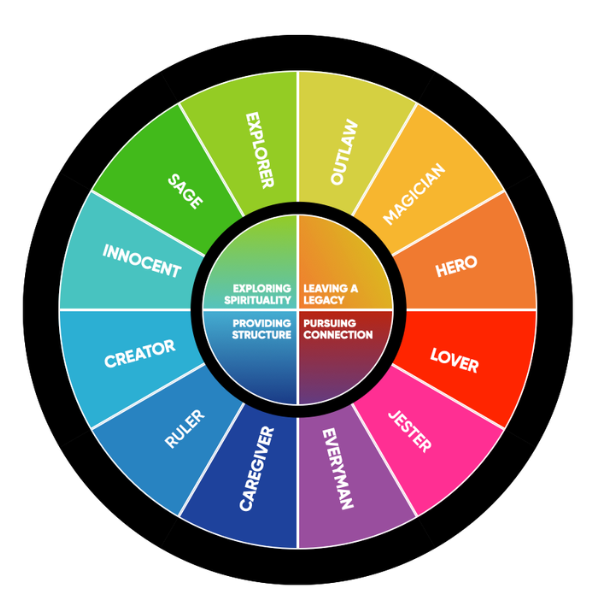The recent Defense One Tech Summit held in Pentagon City, VA, provided a fascinating glimpse into the future of defense technology. From AI and quantum computing to hypersonics and drone swarms, the event highlighted several key trends shaping the future of national security.
AI and Machine Learning
Artificial Intelligence was a major focus, with important distinctions made between AI and machine learning. The U.S. Army is testing custom-developed Large Language Models (LLMs) for back-office functions like contract management. However, challenges remain in testing and securing AI systems, with experts emphasizing the need for new approaches to AI validation and security that meet DOD requirements.
Drone Technology and Counter-Drone Systems
The rise of drone swarms presents a significant challenge to traditional defense systems. As highlighted by Epirus CEO Andy Lowery, modern warfare threats are increasingly leveraging consumer electronics, highly distributed, and highly networked. This shift necessitates new approaches to counter these threats, moving beyond one-to-one engagement to systems capable of addressing thousands of drones simultaneously.
Hypersonic Weapons
Hypersonic technology is advancing rapidly, with a focus not just on ballistic capabilities but also on maneuverability. The industry is looking towards reusable hypersonic vehicles and even those capable of carrying cargo. This combination of speed and precision is set to reshape strategic capabilities.
Quantum Technologies
Both quantum computing and quantum sensing are areas of significant interest for the DOD. Quantum sensing could provide alternatives to GPS for positioning and timing, while the full potential of quantum computing is still being explored. The impact on encryption, through algorithms like Shor’s algorithm, is a particular area of interest.
Supply Chain and Logistics
Supply chain management emerged as a recurring theme. There’s a growing interest in “final mile” logistics, especially for military munitions. Innovative approaches, such as on-site manufacturing (“make what you need where you need it”), are being considered to reduce vulnerabilities and improve efficiency.
Directed Energy Weapons
Solid-state (GaN-based) RF power amplifiers are receiving investment which will support the need to dramatically reduce the size of directed energy weapons vs the current generation that is vacuum-tube based and can be as large as a shipping container. The industry is also working to bridge the gap between industrial laser applications and defense needs, though supply chain concerns have slowed progress.
Digital Transformation
The Army emphasized its commitment to digital transformation, seeking shorter proposals focused on demonstrations and oral presentations. Across the industry, there’s a push to blend operational data with synthetic data and to improve communication between operators and engineers.
Autonomous Systems
Testing facilities for autonomous aircraft are being made more readily available, indicating a growing focus on unmanned systems across various domains.
Microelectronics and Secure Infrastructure
Companies like Google are investing heavily in secure, end-to-end infrastructure, from data centers to fiber optics. This approach aims to reduce vulnerabilities in interconnected DOD systems.
Alternative Energy Sources
There’s growing interest in alternative fuels, including nuclear options, to enhance energy security and operational capabilities.
Overall, the event underscored the rapid pace of technological change in the defense sector. As threats become more distributed and technologically advanced, the focus is shifting towards AI-driven solutions, quantum technologies, and highly networked systems. The challenge now lies in effectively integrating these technologies while addressing supply chain concerns and maintaining robust security measures.
And, one thing super clear to me as a marketer attending the event was that in the competitive landscape of defense technology, standing out is no longer just an advantage—it’s a necessity. As government procurement shifts away from lengthy written proposals towards more dynamic oral presentations and live demonstrations, defense contractors face a new challenge: communicating their value and capabilities quickly and effectively.
This evolution demands a fresh approach to B2G marketing and branding in the defense sector. Contractors must now distill complex technological innovations and operational expertise into clear, compelling narratives that resonate with various technical and non-technical decision-makers and influencers. This is where partnering with a specialized B2G marketing agency becomes crucial. By leveraging strategic branding and communication expertise, defense tech companies can articulate their unique value propositions, showcase their innovations, and ultimately position themselves as the premier choice for critical government contracts. In an industry where cutting-edge technology meets high-stakes decision-making, the ability to communicate effectively isn’t just about winning contracts—it’s about shaping the future of defense.






